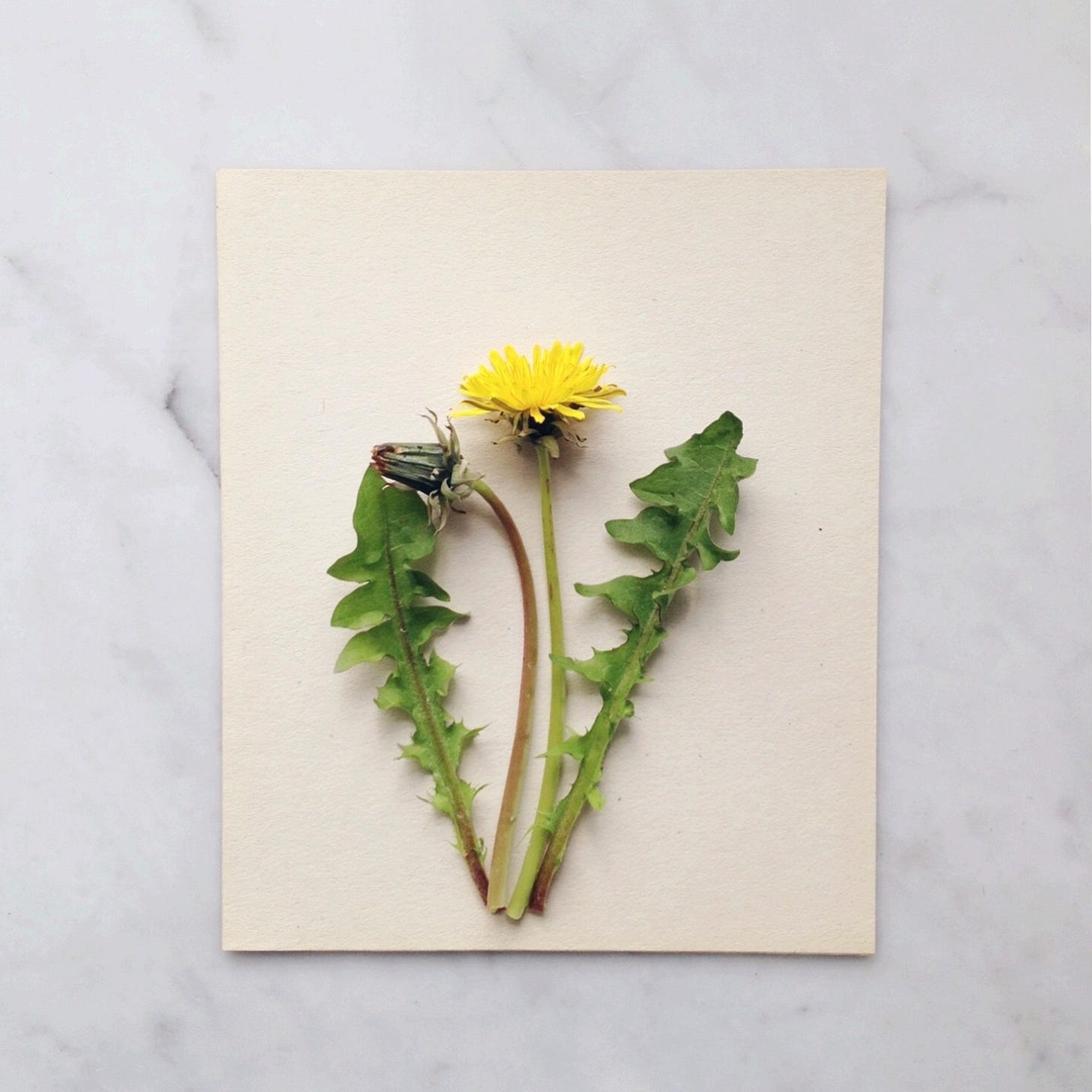Tonight, during dusk the moon moves to new, waxing into a slender crescent later this week. And so, it is time, again, to bring you a piece from my Writing Down the Weeds project. Short pieces of fiction inspired by the botanical lore of the season. This months ‘Weed’ is the Dandelion. This often-overlooked flower is full of all the potency of March and my narrative has followed suit. It is as much about the month as it is the plant.
March is the month of lions and lambs, wild weather extremes and the vernal equinox. Yesterday day and night were equal and today the scales tip towards the light, towards summer.
March is also the month of St. Patricks Day, the most widely celebrated national holiday in the world. And a day perpetuating cultural stereotypes we should have long since put to bed. March saw this tiny country, on the edge of a vast continent and the waters of the Atlantic, nominated for a quarter of the awards on a worldwide stage. The Oscars should have been a celebration of our storytelling talent but instead we were mocked with outdated, colonial ‘humour’ painting us as unintelligible, violent and drunk.
In March we dressed in green again as our national team won yet another trophy, ranking first in a global sport. As a small island nation, we routinely punch so far above our weight in both the arts and sport and yet the stereotypes remain. Today’s tale has taken on some of my disquiet on this. It is as much about Ireland and our diaspora as the rest.
The botanical lore follows below and this months narrative offering below that again. It is Brigid’s gift of prophesy and Brigid’s flame, it is Ireland coming home, it is March, it is healer, and oracle. It is Dandelion.
Dandelion
Latin: Taraxacum Official
Irish: Caisearbhán
Folk names:
Pee-the-bed (Antrim)
Bearnán Bríde – The indented one of Brigid
Pishamoolag (Donegal)
Lore and folk uses: Dandelion is thus called from the Latin den leonis, meaning lions tooth due to the serrated edge of its petals. Here in Ireland, it is named for Brigid as it is the first wild flower to bloom following Imbolc or Brigid’s Day.
Its folk names reference its diuretic properties; indeed, children were discouraged from picking the flowers as just that act was believed to result in frequent visits to the bathroom, or bed-wetting.
A manuscript in the folklore archives in Dublin states; ‘The Juice that comes from the dandelion is a cure for every disease.’ And the multitude of folk uses this plant has been put to would seem to support this claim. Throughout Ireland the Dandelion has been used as a cure for kidney trouble and associated conditions, liver trouble, jaundice, stomach upsets, rheumatism, tuberculosis, cuts, sprains, nettle stings, swellings, styes, diabetes, chickenpox and warts.
All parts of the plant are edible or useable. Most of the cures involve teas or poultices made from the flowers and leaves, applications of the milky sap from the stem (styes and warts in particular) and the cure for tuberculosis involved a dandelion leaf sandwich.
The flowers are traditionally used to make wine from late April onward, whilst the leaves are edible in salads. And the roasted roots have been known to supplement coffee grounds in times of sacristy.
Dandelion seed heads, or clocks as they are colloquially known, are seen in folklore as an amusement or a divination tool in equal measure.
The number of puffs taken to blow all the seed heads from the plant were believed to tell anything from the time to the course of love.
Children would blow and count the hours, whilst those in love would recount the lines most often associated with the Daisy ‘He loves me, he loves me not’. In some parts the belief was that the puffs taken could predict the number of years a young woman would wait before marriage, reciting ‘This year, next year, sometime, never’ with the breath.
My favourite use for the seed head is to ask a yes or no question and blow three times upon its fluffy seeds, if they all disperse within three breaths the answer is yes, however if some remain the answer is no.
This hardy little plant will be our companion until well into the Autumn, they are often uprooted or sprayed as weeds however I hope perhaps you’ll leave her to the hedgerow. Xx
Keep reading with a 7-day free trial
Subscribe to Of Haw and Holeystone to keep reading this post and get 7 days of free access to the full post archives.


